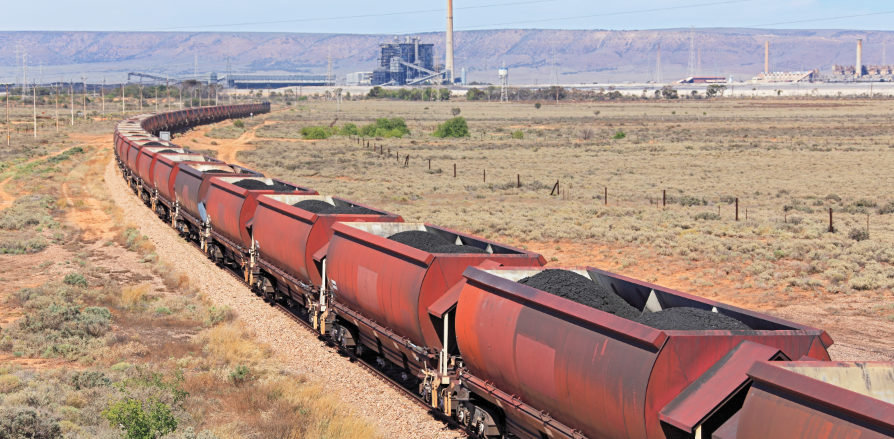The waste disposal methods used by coal-powered electricity stations in Australia may be exacerbating respiratory diseases
Dry, fine, toxic particles, left over from burning coal at Australia’s coal-fired power stations, are being swept up in dust storms and into the lungs of local residents, experts say.
A report recently published by Environmental Justice Australia has found toxins in coal ash have been linked to asthma, cancer, respiratory disease, heart disease and stroke.
“At most coal-fired power stations [in Australia], coal ash is mixed with saline wastewater and pumped into enormous dump sites, creating a lethal cocktail of mercury, lead, arsenic, selenium and chromium [known as wet disposal],” the report authors said.
In some regions of Australia experiencing hot temperatures and little rainfall, these dams can dry out, leaving combination of fine dust and soil which then poses a respiratory health risk.
The authors cited a study from the US Environmental Protection Agency which found the public health risk of coal-ash dams can continue for more than 100 years after the waste is stored.
Dr Amanda Bethell, a GP in Port Augusta in South Australia, said when local dust storms picked up dry coal ash from a nearby (now-closed) coal-fired power station, she saw the health effects first-hand.
“During dust events, you can expect more acute and recurrent respiratory exacerbations in the emergency department,” she said.
Dr Bethell’s impression was that there were more people in the Port Augusta area with respiratory problems compared with a city such as Adelaide, 300km to the south.
Dr Bethall said locals were concerned by their worsening day-to-day respiratory and hay fever symptoms from the dust, in conjunction with a growing fear they would develop cancer.
The South Australian government in 2010 revealed the rate of lung cancer in Port Augusta was 1.45 times greater than the state average, attributing the spike to higher smoking rates in the region.
But the Doctors for the Environment Australia (DEA) group, and the local council, said while smoking rates were higher than average in the region, that didn’t account for the higher rate of cancers there.
Dr Graeme McLeay, a retired anaesthetist and an active member of DEA’s energy group, said even though the Port Augusta power station was no longer active, the accompanying ash dam would be a source of pollution in the town for years to come.
In a bid to mitigate the health threat, South Australian’s Envronmental Protection Agency recently capped the coal ash dam with a layer of top soil and planted native shrubbery to hold the soil in place.
“I imagine that some of the capping of the dam has been partly successful, but we probably won’t know until we get another hot summer when it dries out and possibly exposes the contents of the ash dam again,” Dr McLeay said.
The Environmental Justice report estimated there was more than 400 million tonnes of coal ash stored across Australia, a number which increases by between 10 and 12 million tonnes annually.
Similarly, the report said there have been contamination problems at ash dams in every mainland state, including a history of groundwater or river contamination in Victoria.
“Coal ash dumps are already causing water contamination, polluting aquatic ecosystems, and blowing toxic ash over communities who live near them,” the report authors said.
“By acknowledging the extent of contamination and risk to environmental and human health, Australian governments have the power to impose best practice measures for coal ash dump management, rehabilitation and closure,” they concluded.
The full report can be found online at: bit.ly/2G8r2RQ


